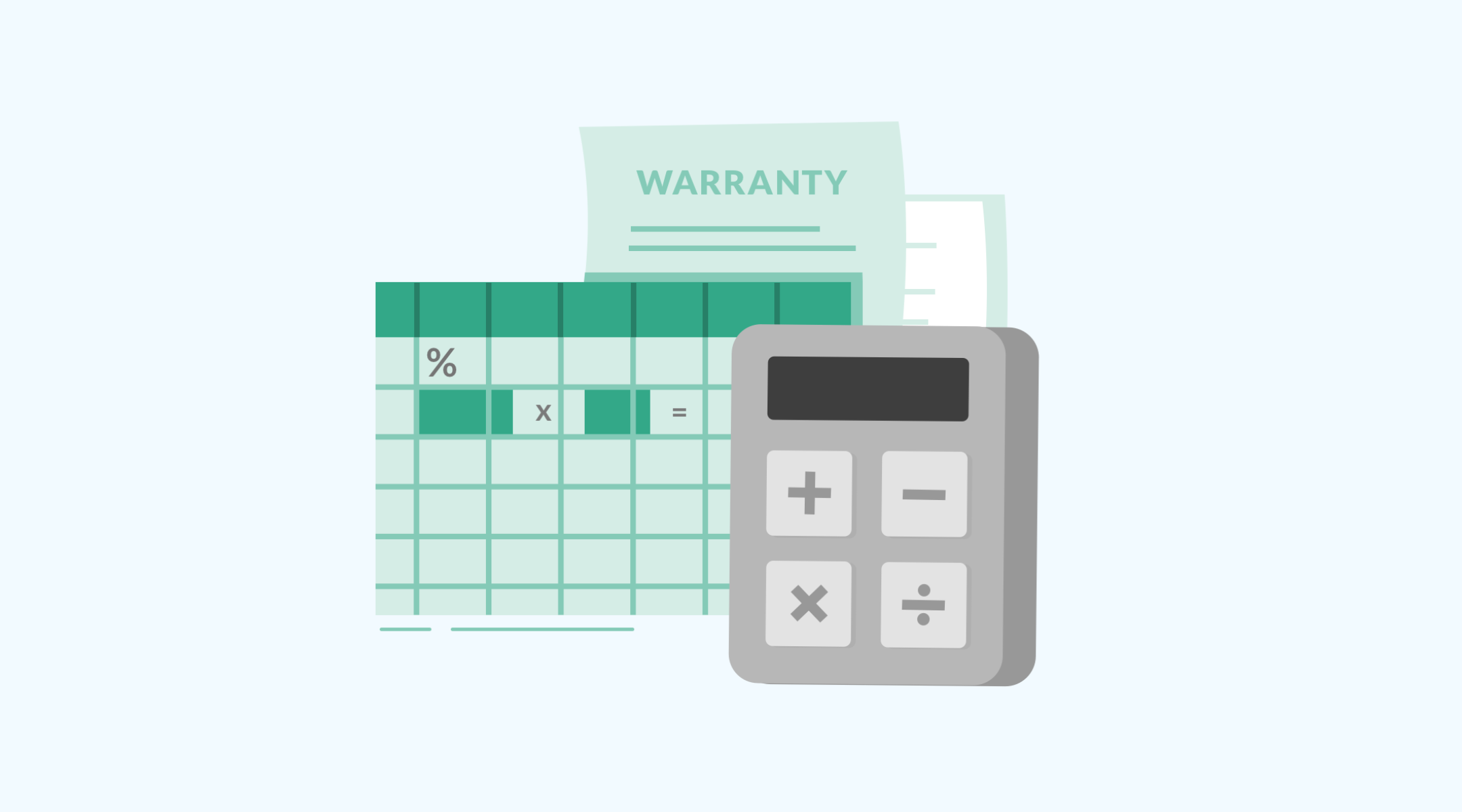Predictive vs. Prescriptive Analytics: The Key Differences
Predictive and prescriptive maintenance data are both designed to identify and solve problems in related to operations and management. Both largely rely on tools that leverage Machine Learning (ML) to support teams to optimize maintenance practices using data-driven decisions (Source). But how do the stack up to one another? What are the key differences between predictive vs. prescriptive analytics?
Predictive analytics serve different purposes in the decision-making process, but this type of data ultimately answers the question: what will happen in the organization?
Prescriptive analytics aim to move beyond explanations and predictions to answer the “what’s next?” with the aim of recommending the best course of action in the future. This helps to drive data-driven decision-making used to make decisions based on data.
The two concepts are often used confused, so let’s look at a breakdown of the primary differences between Predictive and Prescriptive analytics:
What is the difference in objective for predictive vs. prescriptive analytics?
For predictive analytics, the primary objective is to forecast future events based on historical data. It answers the question, “What is likely to happen?”
For prescriptive analytics, the primary objective is to recommend specific actions that should be taken to achieve a desired outcome or mitigate future risks. It answers the question, “What should we do about it?”
What is the difference in the nature of analysis of predictive vs. prescriptive analytics?
Predictive analytics uses statistical models and forecasting techniques to understand future behavior.
Conversely, prescriptive analytics uses optimization and simulation algorithms to advise on possible outcomes.
How complex is predictive vs. prescriptive analytics?
Predictive analytics involves complex statistical techniques, though it is generally considered less complex than prescriptive analytics because it focuses on predicting a single outcome.
Prescriptive analytics is often more complex because it deals with multiple scenarios and recommends actions based on the interplay of several variables.
What are the data sources used for predictive vs. prescriptive analytics?
Predictive analytics primarily relies on historical data and current data to make future predictions.
Prescriptive analytics uses historical data, current data, and action possibilities to recommend optimal decisions.
What is the difference in output between predictive and prescriptive analytics?
Predictive analytics provides estimates about the likelihood of a future outcome. Such as Part Import SIM with Inventory MAX values to drive a predicted demand order.
Prescriptive analytics recommends specific actions, outlining the implications of each action.
What are some usage examples of predictive vs. prescriptive analytics?
Predictive analytics can be used to forecast stock prices, predict equipment failures, and estimate future demand for a product. They can be used to create a predictive maintenance strategy.
Prescriptive analytics recommends the best route for delivery trucks based on traffic predictions, advises on the optimal price for a product to maximize profit, and suggests patient treatments in healthcare based on likely disease progression.
How do predictive and prescriptive analytics help with decision-making?
Predictive analytics offers insights to guide decision-making but doesn’t provide explicit recommendations.
Meanwhile, prescriptive analytics provide clear recommendations to help stakeholders make informed decisions.
In Conclusion
In summary, while predictive analytics forecasts future outcomes, prescriptive analytics provides actionable recommendations on handling or capitalizing on those predicted outcomes. Both types of analytics can be invaluable for businesses and organizations, but their application depends on the specific needs and objectives of the decision-makers.







